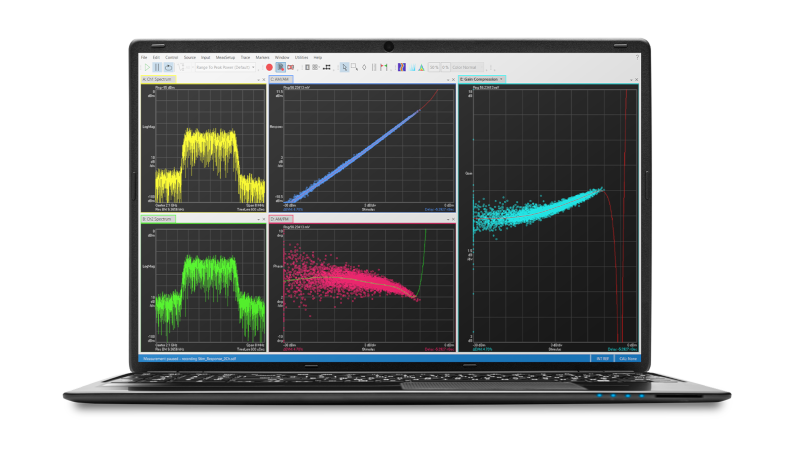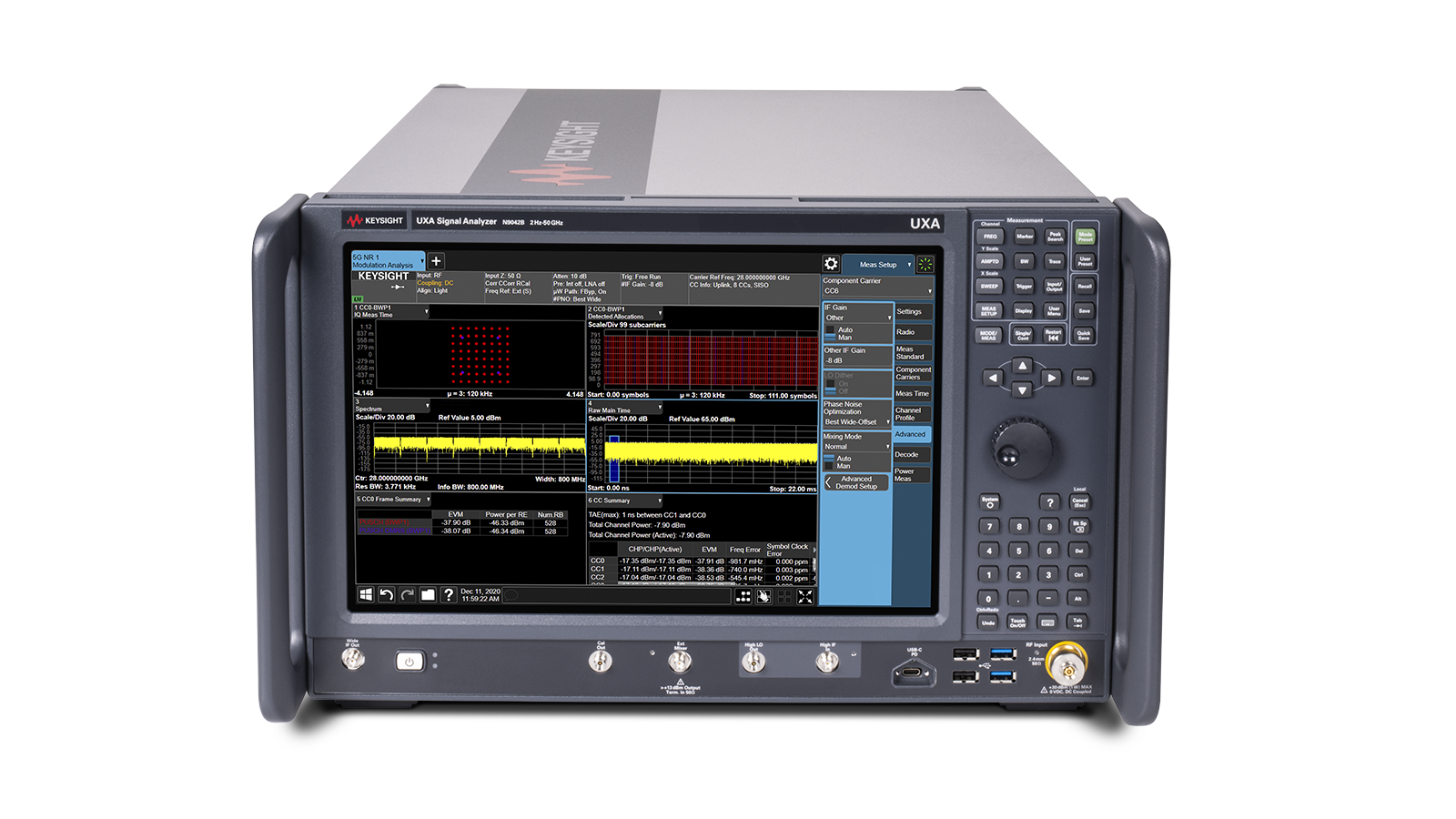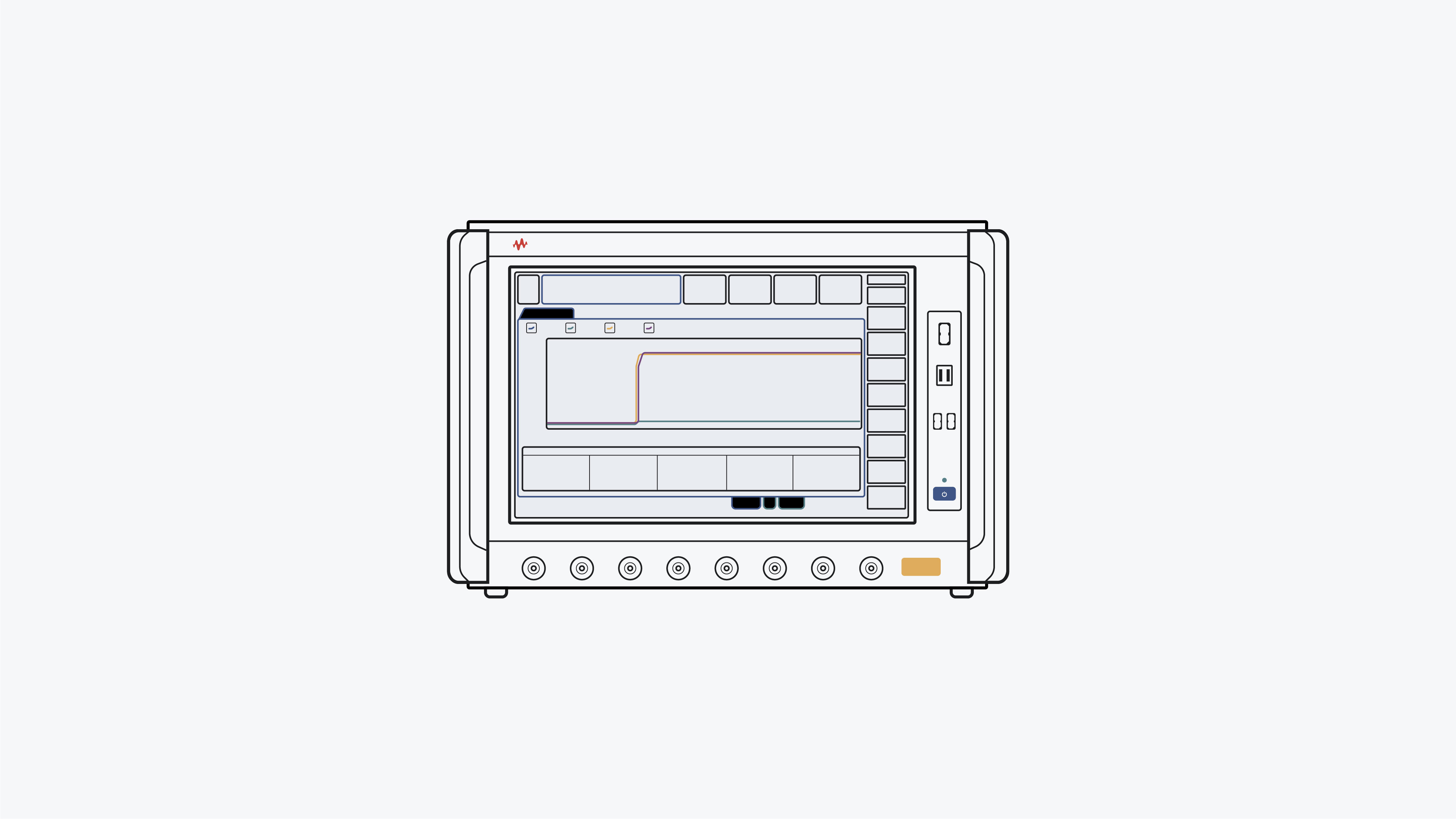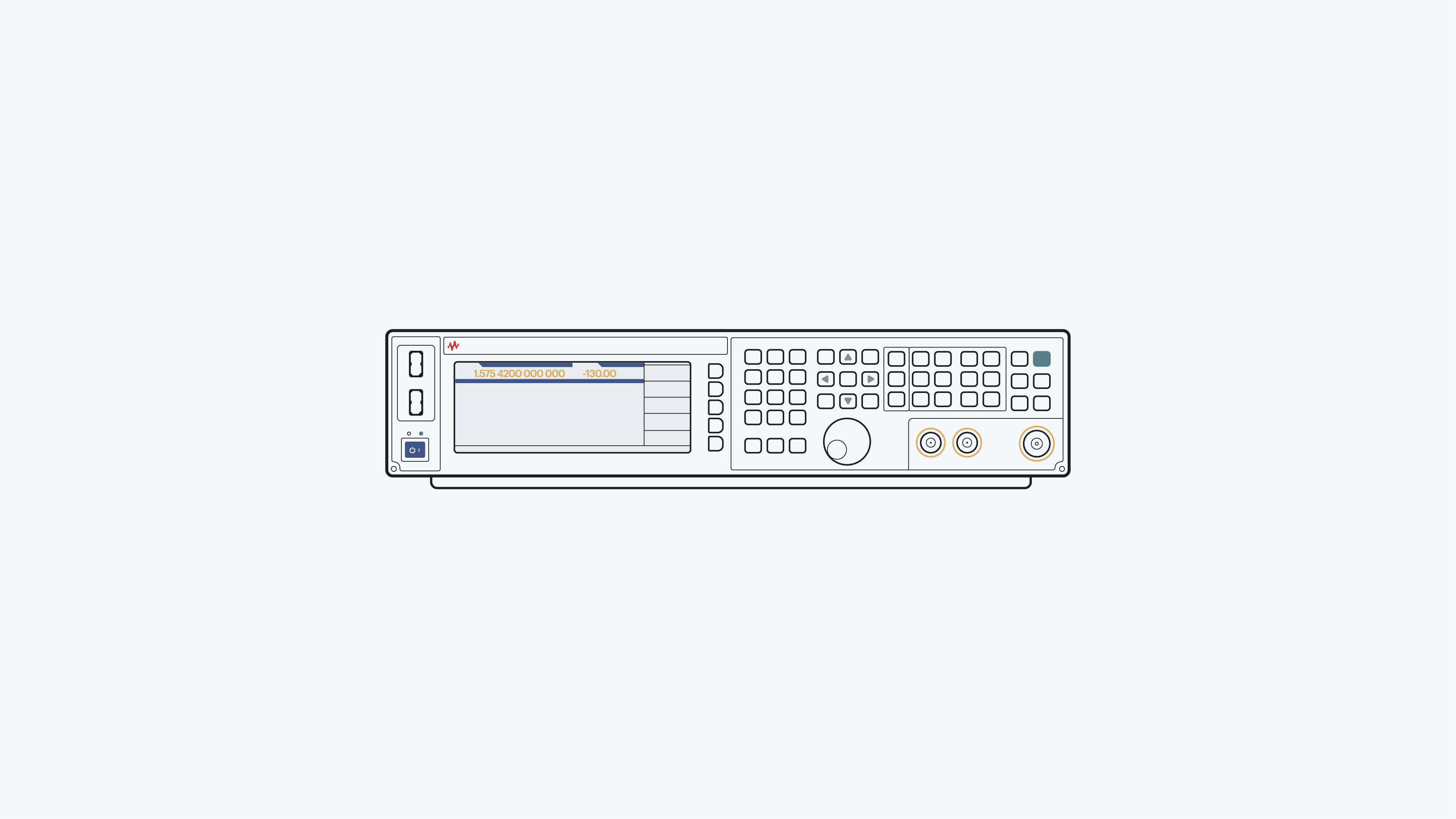segmentation:campaign/IoT,keysight:product-lines/gm,segmentation:product-category/RF_Testing/Signal_Analyzers,segmentation:business-unit/EISG,segmentation:funnel/mofu,keysight:dtx/solutions/facets/industry/wireless-communications,keysight:dtx/solutions/facets/industry/healthcare,segmentation:product-category/RF_Testing,keysight:dtx/solutions/facets/development-area/rf,keysight:dtx/solutions/facets/design-and-test-product/signal-generator,keysight:dtx/solutions/facets/workflow-stage/conformance-and-compliancesegmentation:campaign/IoT,keysight:product-lines/gm,segmentation:product-category/RF_Testing/Signal_Analyzers,segmentation:business-unit/EISG,segmentation:funnel/mofu,keysight:dtx/solutions/facets/industry/wireless-communications,keysight:dtx/solutions/facets/industry/healthcare,segmentation:product-category/RF_Testing,keysight:dtx/solutions/facets/development-area/rf,keysight:dtx/solutions/facets/design-and-test-product/signal-generator,keysight:dtx/solutions/facets/workflow-stage/conformance-and-compliancesegmentation:campaign/IoT,keysight:product-lines/gm,segmentation:product-category/RF_Testing/Signal_Analyzers,segmentation:business-unit/EISG,segmentation:funnel/mofu,keysight:dtx/solutions/facets/industry/wireless-communications,keysight:dtx/solutions/facets/industry/healthcare,segmentation:product-category/RF_Testing,keysight:dtx/solutions/facets/development-area/rf,keysight:dtx/solutions/facets/design-and-test-product/signal-generator,keysight:dtx/solutions/facets/workflow-stage/conformance-and-compliancesegmentation:campaign/IoT,keysight:product-lines/gm,segmentation:product-category/RF_Testing/Signal_Analyzers,segmentation:business-unit/EISG,segmentation:funnel/mofu,keysight:dtx/solutions/facets/industry/wireless-communications,keysight:dtx/solutions/facets/industry/healthcare,segmentation:product-category/RF_Testing,keysight:dtx/solutions/facets/development-area/rf,keysight:dtx/solutions/facets/design-and-test-product/signal-generator,keysight:dtx/solutions/facets/workflow-stage/conformance-and-compliancesegmentation:campaign/IoT,keysight:product-lines/gm,segmentation:product-category/RF_Testing/Signal_Analyzers,segmentation:business-unit/EISG,segmentation:funnel/mofu,keysight:dtx/solutions/facets/industry/wireless-communications,keysight:dtx/solutions/facets/industry/healthcare,segmentation:product-category/RF_Testing,keysight:dtx/solutions/facets/development-area/rf,keysight:dtx/solutions/facets/design-and-test-product/signal-generator,keysight:dtx/solutions/facets/workflow-stage/conformance-and-compliancesegmentation:campaign/IoT,keysight:product-lines/gm,segmentation:product-category/RF_Testing/Signal_Analyzers,segmentation:business-unit/EISG,segmentation:funnel/mofu,keysight:dtx/solutions/facets/industry/wireless-communications,keysight:dtx/solutions/facets/industry/healthcare,segmentation:product-category/RF_Testing,keysight:dtx/solutions/facets/development-area/rf,keysight:dtx/solutions/facets/design-and-test-product/signal-generator,keysight:dtx/solutions/facets/workflow-stage/conformance-and-compliancesegmentation:campaign/IoT,keysight:product-lines/gm,segmentation:product-category/RF_Testing/Signal_Analyzers,segmentation:business-unit/EISG,segmentation:funnel/mofu,keysight:dtx/solutions/facets/industry/wireless-communications,keysight:dtx/solutions/facets/industry/healthcare,segmentation:product-category/RF_Testing,keysight:dtx/solutions/facets/development-area/rf,keysight:dtx/solutions/facets/design-and-test-product/signal-generator,keysight:dtx/solutions/facets/workflow-stage/conformance-and-compliancesegmentation:campaign/IoT,keysight:product-lines/gm,segmentation:product-category/RF_Testing/Signal_Analyzers,segmentation:business-unit/EISG,segmentation:funnel/mofu,keysight:dtx/solutions/facets/industry/wireless-communications,keysight:dtx/solutions/facets/industry/healthcare,segmentation:product-category/RF_Testing,keysight:dtx/solutions/facets/development-area/rf,keysight:dtx/solutions/facets/design-and-test-product/signal-generator,keysight:dtx/solutions/facets/workflow-stage/conformance-and-compliancesegmentation:campaign/IoT,keysight:product-lines/gm,segmentation:product-category/RF_Testing/Signal_Analyzers,segmentation:business-unit/EISG,segmentation:funnel/mofu,keysight:dtx/solutions/facets/industry/wireless-communications,keysight:dtx/solutions/facets/industry/healthcare,segmentation:product-category/RF_Testing,keysight:dtx/solutions/facets/development-area/rf,keysight:dtx/solutions/facets/design-and-test-product/signal-generator,keysight:dtx/solutions/facets/workflow-stage/conformance-and-compliancesegmentation:campaign/IoT,keysight:product-lines/gm,segmentation:product-category/RF_Testing/Signal_Analyzers,segmentation:business-unit/EISG,segmentation:funnel/mofu,keysight:dtx/solutions/facets/industry/wireless-communications,keysight:dtx/solutions/facets/industry/healthcare,segmentation:product-category/RF_Testing,keysight:dtx/solutions/facets/development-area/rf,keysight:dtx/solutions/facets/design-and-test-product/signal-generator,keysight:dtx/solutions/facets/workflow-stage/conformance-and-compliancesegmentation:campaign/IoT,keysight:product-lines/gm,segmentation:product-category/RF_Testing/Signal_Analyzers,segmentation:business-unit/EISG,segmentation:funnel/mofu,keysight:dtx/solutions/facets/industry/wireless-communications,keysight:dtx/solutions/facets/industry/healthcare,segmentation:product-category/RF_Testing,keysight:dtx/solutions/facets/development-area/rf,keysight:dtx/solutions/facets/design-and-test-product/signal-generator,keysight:dtx/solutions/facets/workflow-stage/conformance-and-compliance
How to Test IoT Regulatory Compliance
Validating the regulatory compliance of wireless IoT devices requires running various tests from standards bodies, including ETSI and FCC. Learn how to perform these tests, such as dynamic frequency selection (DFS), ETSI adaptivity, and FCC contention-based protocol (CBP) quickly using automation.
Learn more
Oscilloscopes
Analyzers
Meters
Generators, Sources, and Power Supplies
Software
Wireless
Modular Instruments
Network Test and Security
Network Visibility
Services
Additional Products









